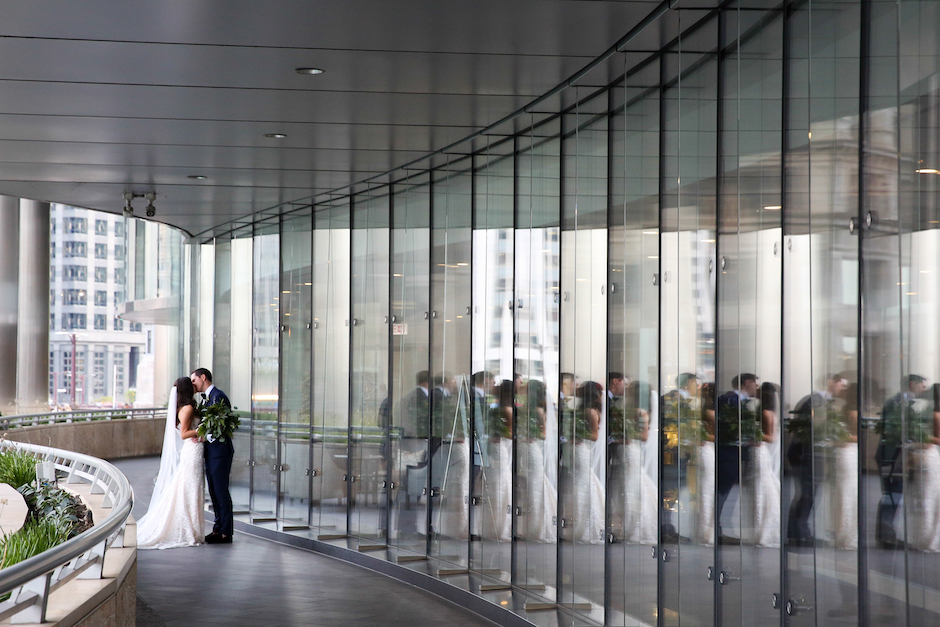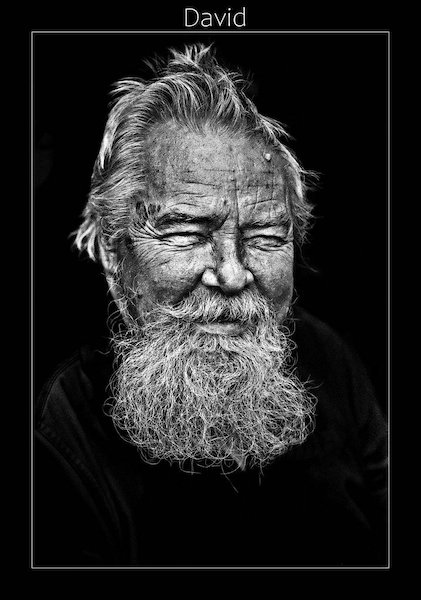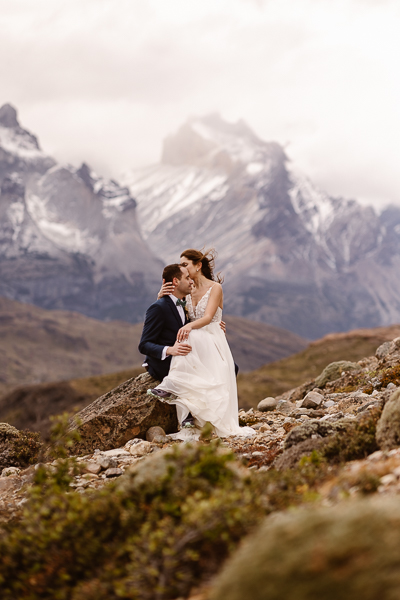Profiles
Robyn Lindemann Finds the Light in her Darkening World
February 27, 2023
If Robyn Lindemann of Robyn Rachel Photography, had known that she would be diagnosed with retinitis pigmentosa (RP), a genetic disease that causes the retina to break down over time, eventually leading to blindness, she likely would not have pursued a career in wedding photography. And for that reason, she’s grateful that she didn’t find out she had the disease in her late twenties, when her career was already established. “Wedding photography was a career that made my heart beat,” she says. “I thought that I would do it forever.” Instead she has had to make some serious changes in her life and her business. With February being Retinitis Pigmentosa Awareness Month, Robyn Lindemann is sharing her journey from light to darkness and back again with us.

Lindemann began taking wedding photographs in 2009, in Chicago, where she was born and raised. In her second year of business, she was hired to photograph the wedding of Kyle Busch, a professional NASCAR driver, which led to an avalanche of bookings. At the time of her diagnosis in 2013, she was shooting weddings that had six-figure budgets, and making, on average, $10,000 per event. “Wedding photography never felt mundane,” she says. “Every dress, every location, every relationship with a client was different.”

At six feet tall, Lindemann had always been athletic and limber. When she began bumping into things at the grocery store, she went to a doctor to get her eyes checked. There, she found out that her peripheral vision was limited, and worsening. A few weeks later, she was diagnosed with retinitis pigmentosa. “The doctor who gave me the diagnosis told me not to give up on life,” she says. “It was such bad bedside manner.” Instead, she decided to embrace every second. “I was given a different future than the one I thought I would have, and I chose to make the best of it because that’s the only choice I had.”
[Read: How Felicia Reed Kept Her Brand Thriving While Fighting Cancer]
For a while after the diagnosis, the photographer’s vision remained stable. (She describes the disease, which impairs the vision from the outside of the eye towards the center, like looking through a straw at the universe, and noticing that stars are dying around the edges. Either that or watching an aperture close on a camera.) Then, she went through IVF to get pregnant with her daughter and noticed that her vision worsened significantly.
Even still, she kept on shooting weddings. She didn’t tell clients about her diagnosis, choosing instead to hire second and third shooters who could capture the shots she couldn’t take. For example, action shots in the middle of a dance floor, where the low light and movement made maneuvering with her vision very difficult. “I felt like my work only got better,” she says, noting that her shooters were aware of her disability, and could cover her in situations they knew in advance would be challenging for her. Lindemann worked as hard as she could knowing that one day, she would no longer be able to shoot weddings at all. Rather than waiting for a day when she wouldn’t be able to work any longer, she decided that she would stop shooting weddings by the end of 2019. “I wanted to go out on top,” she says.

Lindemann planned on ending her career as a wedding photographer with a yearlong trip around the world with her husband and toddler daughter. In preparation, the family saved for two years, and rented out their Chicago home. Her husband planned on quitting his job, allowing her the freedom to take photographs while they traveled. Her intention was to create a series of fine art travel photographs that she could show in exhibitions, and potentially publish in a book, at the end of the journey. “The plan was to finally come out with my story, and be open about it,” she explains.
[Read: Insider’s Guide to 5 Travel Hot Spots for Photographers]
Then, just as the family was preparing to leave, the COVID-19 pandemic shut down the world. She was devastated. “The trip really was a Band-Aid. I wasn’t dealing properly with grieving the loss of something that was so meaningful to me. I completely lost my identity.”
After sheltering in place for almost a year, during which time the family were infected with—and recovered from—COVID-19, Lindemann decided that they would travel in spurts. Over the past two years, they have been to Costa Rica, Colombia, Panama, Croatia, Montenegro, Italy, France, England, Greece, Turkey, Portugal, Spain, Denmark, Finland, Sweden, Latvia, Estonia, Scotland and Belgium, among other countries. Everywhere they go, they immerse themselves in the local culture. “We have coffee in town squares and find local playgrounds where my daughter can make friends,” she says. Of primary importance, she says, is just spending precious time together, which they will lose not only because of her disease, but also, because their daughter is getting older, and recently started full-time school.

Although her husband has kept his job, working remotely while they’re on the road, Lindemann still makes time to take photographs. She has become particularly interested in drone photography, which allows her to capture landscapes that she wouldn’t be able to see even if she was full-sighted. The resulting images, which show a birds-eye view of gorgeous beaches and picturesque towns, flatten the world in such a way that it is rendered into patterns and gradients of color, limited to what is within the frame—not dissimilar to the way that Rachel sees as she continues to lose her vision.
She says that she is only halfway done with her journey around the world—the family plans on traveling to Australia and Southeast Asia when her daughter finishes kindergarten this spring. She plans on continuing to take photographs for an eventual exhibition and photo book, even as her vision deteriorates. At night, her peripheral vision is only about 15 percent as strong as a full-sighted person; during the day, she can see 50 percent as well as a full-sighted person. This has not stopped her from enjoying the journey. “I never thought I’d get this time with my family,” she says. Every trip, she is amazed by how well her now six-year-old daughter adjusts to new situations. “I’ve never seen anyone with more of a zest for life than she has,” she says. “Her sense of wonderment is the most joyful thing I’ve ever seen.”

When the family is not traveling, Lindemann continues to take photographs for clients, focusing on branding imagery and family portraits. She recommends that photographers who have similar disabilities, or worsening vision, rely on the ever-increasing range of new technologies to accomplish tasks they no longer can do by themselves. For example, image and video stabilizing software and drone cameras.
[Read: Drone Portraits: A Guide to Making Images That Soar]
As the world around the edges of her vision continues to disappear, Robyn Lindemann continues to photograph it. Fortunately, technology is such that the camera—or drone—can fill in where her vision fails. And when she needs help getting to a location, she has her daughter or her husband there to help her. “I’m hoping that I can show that even with my diagnosis, life can still be amazing and beautiful and inspiring.”
Read more about Robyn Lindemann’s story and travel at silverliningexplorer.com.




